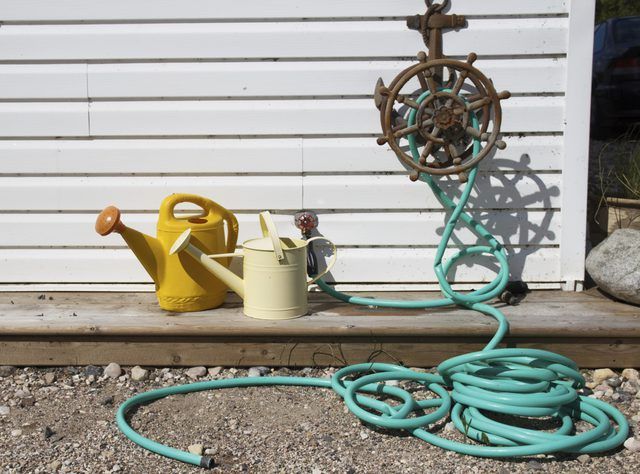Bulbs
Flower Basics
Flower Beds & Specialty Gardens
Flower Garden
Garden Furniture
Garden Gnomes
Garden Seeds
Garden Sheds
Garden Statues
Garden Tools & Supplies
Gardening Basics
Green & Organic
Groundcovers & Vines
Growing Annuals
Growing Basil
Growing Beans
Growing Berries
Growing Blueberries
Growing Cactus
Growing Corn
Growing Cotton
Growing Edibles
Growing Flowers
Growing Garlic
Growing Grapes
Growing Grass
Growing Herbs
Growing Jasmine
Growing Mint
Growing Mushrooms
Orchids
Growing Peanuts
Growing Perennials
Growing Plants
Growing Rosemary
Growing Roses
Growing Strawberries
Growing Sunflowers
Growing Thyme
Growing Tomatoes
Growing Tulips
Growing Vegetables
Herb Basics
Herb Garden
Indoor Growing
Landscaping Basics
Landscaping Patios
Landscaping Plants
Landscaping Shrubs
Landscaping Trees
Landscaping Walks & Pathways
Lawn Basics
Lawn Maintenance
Lawn Mowers
Lawn Ornaments
Lawn Planting
Lawn Tools
Outdoor Growing
Overall Landscape Planning
Pests, Weeds & Problems
Plant Basics
Rock Garden
Rose Garden
Shrubs
Soil
Specialty Gardens
Trees
Vegetable Garden
Yard Maintenance
How Much Water Can a 100-Foot Garden Hose Hold?
Instructions provided for calculating volume of water inside garden hoses having diameters of 3/4, 5/8 and 1/2 inch.
Whether you have a 1/2-, 5/8- or 3/4-inch garden hose, you might be surprised how much water a 100-foot length holds. That water remains in the hose when you turn off the tap, and if you live in a drought-prone area, you can put it to good use instead of simply letting it drain out. It helps to know how much water it holds so you can plan the water use. You'll need to measure the hose thickness, which tells you the inside diameter of the hose. Thickness varies with hose material -- rubber hoses tend to be thicker than vinyl ones.

Measure Inside Diameter or Use an Approximation
A hose is basically a long cylinder, so you calculate the volume by first calculating the cross-section area of the cylinder and multiplying this by its length. While you should measure the inside diameter of the hose to perform the most accurate calculation, you can use a default hose thickness of 1/4 inch for an approximation. Using this value, the inside diameter of a 3/4-inch hose would be 1/2 inch, that of a 5/8-inch hose 3/8 inch and that of a 1/2-inch hose 1/4 inch.
Calculate Inside Area
The area inside a cylinder is circular, and the area of a cylinder is the square of the radius -- half the diameter -- multiplied by pi, which is approximately 3.14. The mathematical formula is (3.14)•d•d/4, where "d" is the inside diameter. Using this formula, the inside area of a 3/4-inch hose -- with a 1/4-inch wall thickness -- is 0.1962 square inches. Corresponding values for a 5/8-inch and 1/2-inch hose are 0.1104 and 0.0491 square inches, respectively.
Converting to Gallons
To calculate the volume of the hose in cubic feet -- which can readily be converted to gallons -- first convert the inside area from square inches to square feet, using the conversion 1 square inch = 0.0069 square feet. You can then multiply the result by 100 feet to arrive at the total volume of water inside the 100-foot hose, in cubic feet. Multiply by 7.48 to convert to gallons.
Calculation Results
Using these mathematical conversions, you can calculate the volume of water inside a 3/4-inch hose to be 1.01 gallons. The volume inside a 5/8-inch hose is 0.57 gallon, and inside a 1/2-inch hose, there are 0.25 gallon of water.